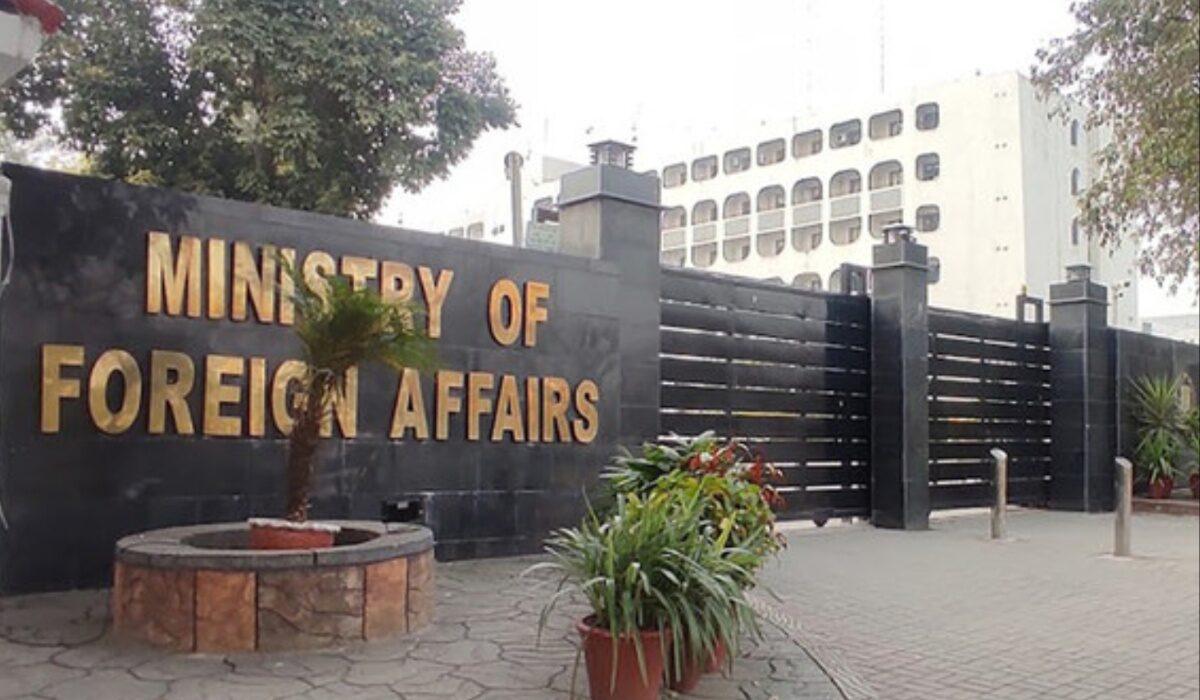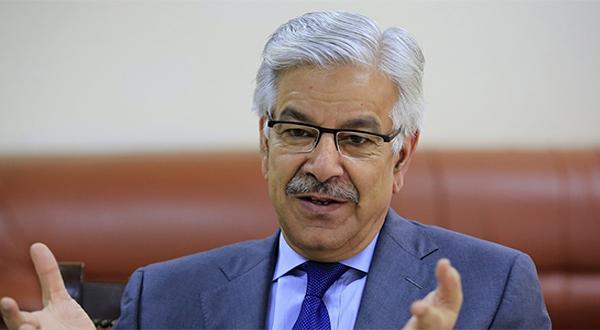- Home
- Technology
- News
French Guiana awaits historic Webb telescope launch
The weather forced a third delay.


Kourou: Like kids dreaming of presents under the tree, the scientists at the Jupiter control room at the Guiana Space Centre in Kourou are patiently waiting for December 25.
The James Webb Space Telescope -- soon to become the most powerful ever to be launched into space -- after technical and weather delays is set to take off on Christmas Day from the base in France's South American department.
"We can't wait for it to launch," says Jean-Luc Mestre, engineer and vice-director of operations at the French National Centre for Space Studies (CNES).
This rocket's payload, the Webb telescope, is a piece of technology worked on by thousands of people for over a quarter of a century.
"Everything is ready," Mestre adds. "Now all we need is the right weather."
For days heavy winds and rain have lashed the dense tropical forest surrounding the base, though you'd never know it from inside the vault-like control room, its windowless walls dominated by a bank of glowing screens.
This is where all the information about the launch converges -- and now the forecast is finally in its favor.
The Webb telescope is expected to revolutionize the observation of the universe and astronomers and astrophysicists have been looking forward to its deployment for decades.
Its successful launch will be the start of a month-long trip after which a delicate sequence of events has to be pulled off before it will begin to beam back images from some of the farthest known reaches of space and time.
But while Webb has been 25 years and billions of dollars in the making, there is nothing to indicate any stress over this particular launch.
"Of course this project has particular importance," says Arianespace mission director Bruno Erin.
He says while his team knows the stakes are high, experience and training prevent them from feeling nervous.
On Saturday, an audience of scientists and the heads of NASA and the Canadian and European space agencies will gather to observe the control room from behind huge bay windows as it becomes a hive of activity.
SOBER CHRISTMAS EVE
At 9:20 am local time on Saturday, the team's launch window of exactly 32 minutes will begin.
Three hours before that, a weather balloon will be sent up to analyze the many layers of the atmosphere, making sure conditions are right.
Mestre and his colleagues will have been at mission control since midnight, celebrating what he calls a "sober" Christmas Eve.
Since the Webb telescope arrived in Kourou from the US where it was built, two minor technical incidents have caused delays: the activation of an instrument only meant to engage after launch, followed by the failure of a communication system.
The weather forced a third delay.
Vincent Bertrand-Noel, flight safety engineer at CNES, says bad weather poses the biggest risk for people on the ground should the 780-tonne rocket go off course and need to be destroyed.
His unit, completely separate from the control room, has the authority to "intervene if the rocket veers outside its flight path".
In 2019 such an incident took place when a Vega satellite launcher broke in two.
If something like that happens, it's Bertrand-Noel's job to explode the rocket, transforming it into a rain of debris -- an occurrence that is rare but nonetheless poses a danger to Kourou and its 25,000 inhabitants.
"Plus when there's a launch everyone goes to the beach to watch," says Bertrand-Noel.
SOURCE: AFP
Jays president Shapiro given new 5-year deal
- a day ago
Bondi Beach shooting: Australia hails ‘hero’ Ahmed who stopped gunman
- 17 hours ago
Diaz picked Dodgers because 'I'm looking to win'
- a day ago
Under-19 Asia Cup: India beat Pakistan by 90 runs
- 17 hours ago
Security forces kill 13 Khwarij in two separate engagements in KP: ISPR
- 17 hours ago
Pakistan aims to become model in digital assets regulation: Bilal saqib
- 17 hours ago

How do you know if you’re wasting your life?
- 9 hours ago

Pakistan condemns attack on UNISFA in Kadugli, Sudan
- 17 hours ago
Australian PM declares Sydney shooting a ‘terrorist’ attack targeting Jews
- 16 hours ago
NHL board of governors eager to see more 'color vs. color' jersey matchups
- a day ago
Source: Gray, Nats reach deal to avoid arbitration
- a day ago
Sources: Rangers address needs with 3 signings
- a day ago













